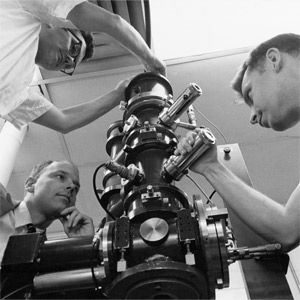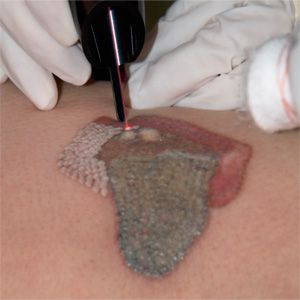
Ever since their invention in the late 1500s, light microscopes have enhanced our knowledge in basic biology, biomedical research, medical diagnostics and materials science. Light microscopes can magnify objects up to 1,000 times, revealing microscopic details. Light-microscopy technology has evolved far beyond the first microscopes of Robert Hooke and Antoni van Leeuwenhoek. Special techniques and optics have been developed to reveal the structures and biochemistry of living cells. Microscopes have even entered the digital age, using charge-coupled devices (CCDs) and digital cameras to capture images. Yet the basic principles of these advanced microscopes are a lot like those of the student microscope you may have used in your first biology class.
In this edition of HowStuffWorks, we will enter the tiny world of light microscopes and examine the various technologies that let them expose what is otherwise undetectable to the human eye.
Advertisement

